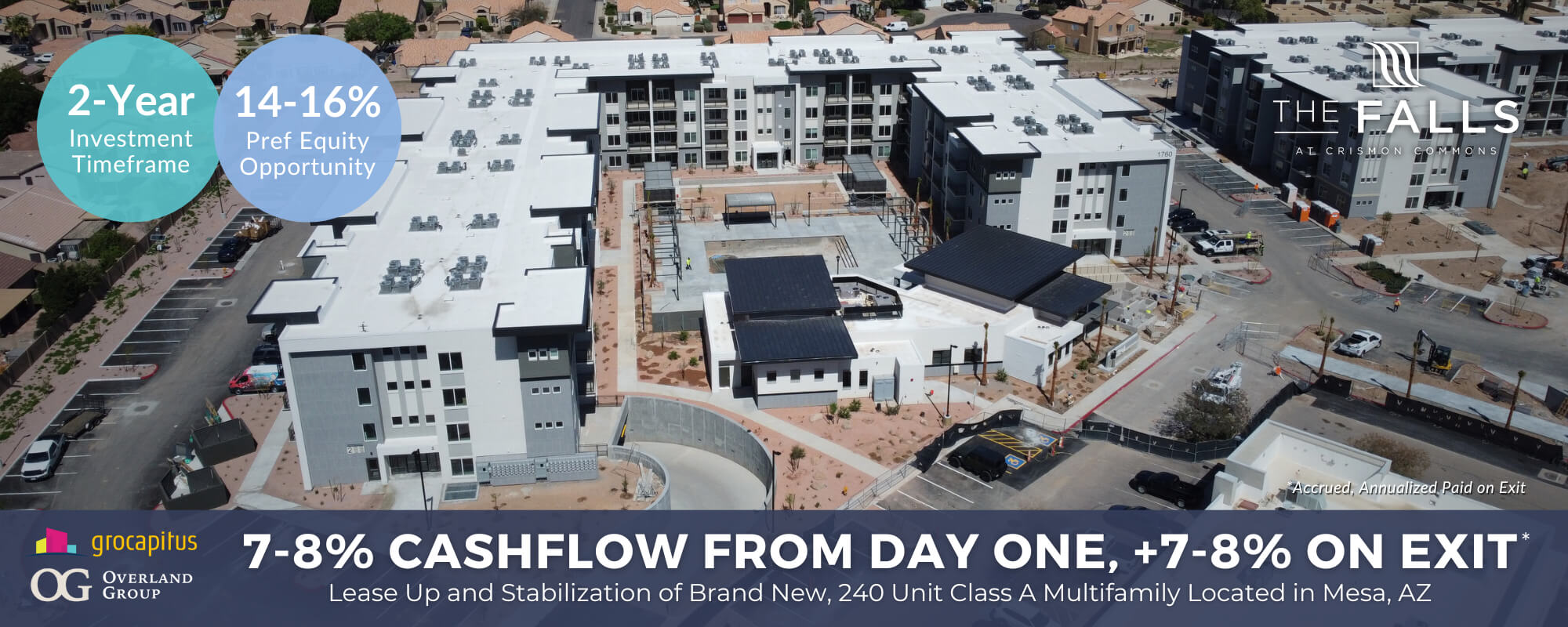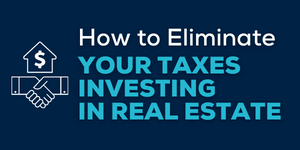Since 2006, Anna has been a long-distance real estate investor. She invested in single-family and land before focusing on the benefits of multifamily. Today, she and her investors focus on class C properties where they can do value add improvements and force appreciation.
The Multifamily Market First things first; there is not national multifamily market. Every Metro Statistical Area, MSA, is its own market and must be underwritten separately. Each market has its own economy which is influenced by geography, resources, area businesses, and population.
Population size reflects the potential number of renters. While it is best to be in a larger market with multiple large employers and well-paid employees, don’t overlook the surrounding markets within a 30-minute drive that allows workers to commute. These markets can provide excellent opportunities to take advantage of the strong job market and create a strong value add opportunity.
Larger metro areas will have access to public transportation. If a market has a healthy transit system, this provides renters with multiple options to get to their employment.
Once you identify a market, it’s time to drill down into specific neighborhoods. Within the specific neighborhood, you want to learn the following:
Most Important Multifamily Underwriting Criteria It all starts with jobs. Without jobs, you have unemployment, and unemployed tenants are not able to pay your rent. You can find a lot of this information online from the Census or local chamber of commerce.
So, when underwriting a market, you want to first confirm the following;
Job Market Job growth: Are local employers growing? If so, are they hiring? Do they need to employ more people to accomplish their growth?
Number and type of employers: You need to find out who the major employers are in the area. A healthy market will have multiple larger employers. You don’t want to find that there is only a couple of major employers in the market. If there are not multiple employers who are growing, be careful.
More employment sectors are better. If the market has only a couple of major sectors it can become problematic if there is a downturn. A few sectors to be aware of because of their cyclical nature include; the military & construction. Sectors that are always in demand include health care, which provides a lot of high-quality jobs.
Median household income – You need strong wages. Anna and her team set a minimum median household income of $40,000 for their investment criteria. If you want to collect rent you need people with good-paying jobs. If you underwrite and rent to tenants with at least 3 times the monthly rent for income, collecting rent is easier.
Unemployment: it is best to have no more than 8% unemployment in your neighborhood.
Housing Supply: How many units have been built in the last 3 years? If there is more demand than supply, this is good for an investor, in that you are less likely to have vacancies. When you underwrite a multifamily market, it is important to recognize how much new construction has recently occurred and how much is in the pipeline. When supply suddenly grows and exceeds the demand, the newer properties will likely be more attractive to prospective tenants.
To fill the newer class-A properties, management & owners will utilize promotions, concessions, and rent discounts. The B-class tenant will be attracted to a nicer newer property that cost the same or a little more than their current rent cost. This will cause rising vacancies in the B-class properties.
These same conditions will be employed between the B & C class property tenants. This is why you have to understand the area development projections and how it will affect your property.
Price to Rent Ratio Anna and her team recognize the price-to-rent ratio range they refer to as the “goldilocks range” of 14-22 as the ideal range. If the ratio is lower than 14, it is easier for the tenant to buy a home. When the ratio is above 22, it is more difficult for the tenant to buy and for the multifamily property to produce cash flow.
Price to Rent Ratio calculation:
The median value of owner-occupied home / Annual median gross rent.
Rent Growth Forecasted rent growth: Find out the most recent rent growth statistics for both the annual and the most recent quarters. Ask local brokers what the rent growth forecast is for the next 12 months. While projections may be substantial, Anna uses a conservative rent growth cap of 4% rent for the first year. If you get more, great, but don’t over-estimate.
Median Monthly Rent Anna’s team has found the minimum median rent of property needs to be not less than $800. Markets with a lower median rent make it difficult to collect rent.
Path of Progress Look for areas where the median income has increased, but the median price of housing has not yet increased. This is a sign of rising housing prices.
City-Data is a free website that allows you to see a map of the neighborhoods and the census data associated with them. This allows you to recognize where the price of housing will increase.
Emerging markets – when you find a city or neighborhood with positive indicators, study the surrounding areas and you may find a web of supporting markets. Is there a trend that suggests where progress is moving?
Laws What are the landlord-tenant laws in the market? Are the laws pro-landlord or pro-tenant? Cities and states that overly protect the tenant should be avoided. In these markets, there are tenants that know how to work the system and can create real havoc for a landlord. Learn the laws regarding notice to evict before you invest in a market.
Occupancy Rate There is two calculations to consider. Physical & Economic occupancy. As a rule, occupancy under 95% will likely be a challenge to collect rent from your tenants.





